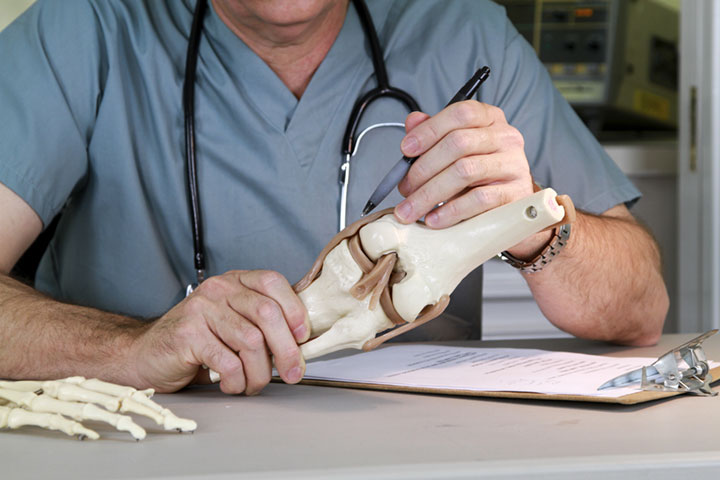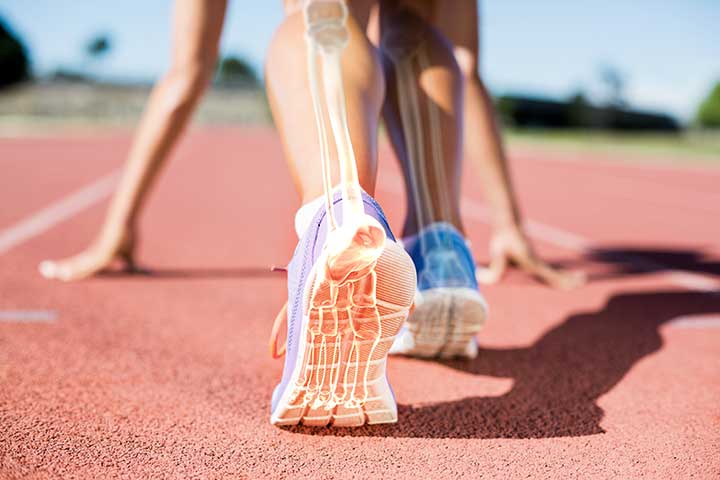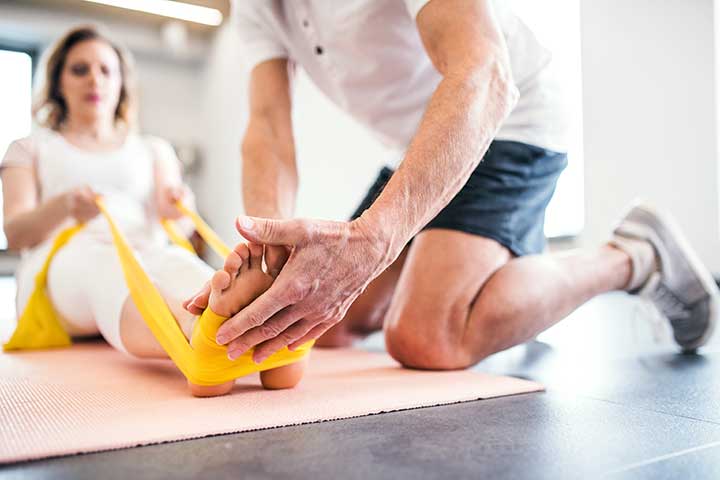For some Clear Lake, Texas, patients, the onset of osteoarthritis is inevitable. However, an orthopedic doctor can help manage pain, relieve symptoms, and help you get back to your normal routine. At Houston Physicians’ Hospital, we know the importance of managing bone conditions like osteoarthritis, so we’ve listed some signs that mean it’s time to visit a medical professional for a treatment plan:
- You Experience Joint Pain
Pain is the most common symptom of osteoarthritis, and it is typically the primary reason that prompts patients to seek medical attention [1]. Joint pain that is severe enough to restrict daily activities and movement indicate that an orthopedic specialist is needed. Ignoring the problem without a treatment plan can cause more pain over time, as the cartilage wears down and causes bones to rub together.
- You Have Trouble with Movement
As osteoarthritis progresses, movement becomes more difficult. In fact, the strong association of pain intensity and severity of functional limitation has been well-documented [3] in patients with osteoarthritis. When daily tasks as simple as climbing stairs and bending the knees become extremely painful, it is best to seek the help of an orthopedic specialist.
- Re-occurring Joint Problems
Joint pain, stiffness, instability and joint space narrowing are major clinical symptoms of osteoarthritis [2]. However, there are symptoms that, when frequent, specifically indicate worsening osteoarthritis. These signs include:
- Bumps or bony spurs in the joint
- Locking or buckling of joint
- Hearing the joint pop or crack while moving
If the associated symptoms last for more than three days and joint problems occur several times during the month, it’s a good sign that you need to schedule an appointment with a medical professional.
Joint pain caused by osteoarthrosis can cause difficulty for many patients. However, with the help of an orthopedic doctor, we can help get you back to a pain-free life. Don’t let osteoarthritis hold you back. Call us at (281) 557-5620 or visit us at https://www.houstonphysicianshospital.com/contact-us/.
References
1.https://www.ncbi.nlm.nih.gov/pmc/articles/PMC3753584/







